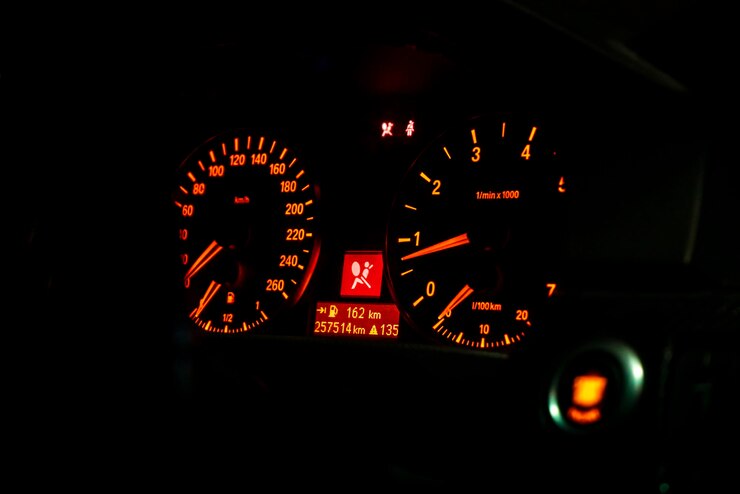Cruise control is a popular feature in modern vehicles that allows drivers to maintain a steady speed without continuous pedal input. It provides convenience and can enhance fuel efficiency on long drives. However, there are instances when cruise control warning lights illuminate on the dashboard, indicating potential problems with the system. In this article, we will discuss the common problems associated with cruise control warning lights and provide troubleshooting tips to help you address these issues.
- Understanding Cruise Control Warning Lights: Cruise control warning lights are small indicators on the vehicle’s dashboard that illuminate when there is a malfunction or problem with the cruise control system. These warning lights serve as a valuable tool to alert drivers to potential issues that require attention to ensure the proper functioning of the system.
- Common Problems and Troubleshooting Tips: a. Speed Sensor Issues: The cruise control system relies on speed sensors to maintain a consistent speed. If there is a problem with the speed sensors, it can cause the warning lights to activate. To troubleshoot this issue, check the speed sensors for any damage or loose connections. Clean the sensors and ensure they are securely attached. If the problem persists, it may require professional inspection and potential sensor replacement.
b. Brake Switch Malfunction: The brake switch is an essential component that deactivates the cruise control system when the driver applies the brakes. A faulty brake switch can trigger the warning lights. Start by inspecting the brake switch for any visible damage or misalignment. Adjust or replace the brake switch as needed to restore proper functionality.
c. Throttle Control Problems: The throttle control system works in conjunction with the cruise control system to regulate engine speed. If there are issues with the throttle control, it can lead to the warning lights illuminating. Check the throttle body for any dirt or carbon buildup and clean it if necessary. Ensure that the throttle control mechanism is operating smoothly. If the problem persists, it may require professional diagnosis and potential repairs.
d. Control Module Malfunction: The control module is responsible for receiving input signals and controlling the cruise control system. If the control module fails or experiences a software glitch, it can cause the warning lights to turn on. In such cases, professional assistance is recommended to diagnose the specific issue and potentially replace the control module if necessary.
e. Electrical Connectivity Problems: Cruise control warning lights can also be triggered by electrical connectivity issues. Check the wiring harness and connectors for any signs of damage or loose connections. Ensure that all connections are secure and free from corrosion. If any wiring issues are identified, repair or replace the affected components.
f. Professional Diagnosis: If the troubleshooting steps mentioned above do not resolve the cruise control warning light issues, it is advisable to seek professional assistance. Certified technicians have the expertise and specialized diagnostic tools to accurately identify and address complex problems with the cruise control system.
- Regular Maintenance: To minimize the likelihood of encountering cruise control issues, consider the following maintenance tips:
- Follow the manufacturer’s recommended service intervals for regular inspections and maintenance of the cruise control system.
- Keep the vehicle’s electrical system in good condition by regularly checking and replacing worn-out fuses and ensuring proper battery connections.
- Be attentive to any unusual behavior or symptoms related to the cruise control system, such as intermittent speed control or unresponsive buttons. Address these issues promptly to prevent further complications.
Cruise control warning lights serve as crucial indicators of potential problems with the system. By understanding the common issues and following the troubleshooting tips mentioned in this article, drivers can effectively troubleshoot and resolve cruise control problems. However, if the problems persist or if you are unsure about performing the diagnostics yourself, it is best to seek professional assistance. A properly functioning cruise control system enhances driving comfort and convenience, contributing to a safer and more enjoyable driving experience.











